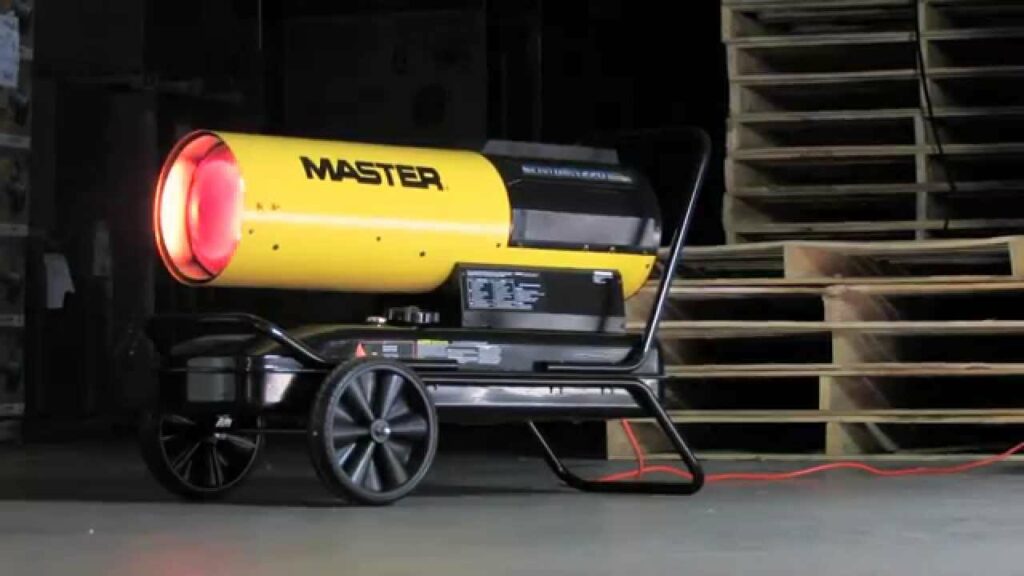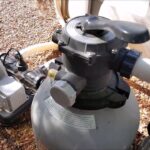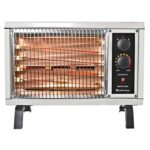Troubleshooting Torpedo Heaters can be a lifesaver in cold climates, especially when you are working in an unheated space. However, these heaters are prone to problems that can cause them to shut off without warning. Knowing how to resolve the situation can keep you warm and working.
One of the best methods for keeping your torpedo heater running at its best is to follow the manufacturer’s maintenance suggestions. If your torpedo heater shows or tends to develop problems, you can easily address some of these issues to remedy problems.
It is important to understand how torpedo heaters work to troubleshoot the common problems. The good news is that the basic operation is the same across most torpedo heaters. That said, different fuels use different methods, with propane and kerosene being the most popular fuels used in torpedo heaters.
Table of Contents
Torpedo Heaters Common Elements
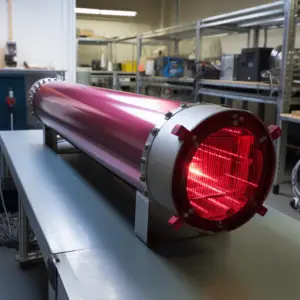
Irrespective of which fuels your torpedo uses to heat the space, it definitely has many elements in common with other torpedo heaters. The major components of any torpedo heater include:
The Heating Element:
All torpedo heaters have a heating element. Propane-fired torpedo heaters feature a jet that injects the propane into the air stream. Kerosene heaters, meanwhile come with a wick and pre-heater to gasify the kerosene so it can burn. Electric torpedo heaters feature elements that heat the air as it passes.
Motor and Fan
Every torpedo heater has a motor and fan to move the air effectively through the heater. The motor that drives the fan requires a power source often provided by an electrical connection.
The Igniter
While electric heaters don’t require an igniter, torpedo heaters that burn kerosene or propane need an ignition source for the fuel. This ignition source can be an electronic igniter, pilot light, or hot surface igniter.
Safety and Control Systems
Several safety and control functions exist on all torpedo heaters. Tilt sensors, overheat sensors, and thermostats protect the torpedo heater from operating in an unsafe fashion.
Any of these parts of a torpedo heater can malfunction and cause the heater to fail to run and shut down. If your torpedo heater experiences sudden shutdowns or only runs a few minutes after starting, below are some steps you can take to remedy the situation.
Diagnosing Problems with Torpedo Heater
Working thoroughly through the possible trouble points with your torpedo heater can help have the heater up and running again. Here is a quick guide to troubleshooting your torpedo heater.
Safety First
Before you jump into any of the suggested troubleshooting tips, make sure that you’re working safely. Disconnect the heater from the electrical outlets, particularly if you anticipate having to remove the covers and expose the internal parts of the heater.
Also, if your heater runs on kerosene or propane, be sure to turn off or disconnect the fuel source. You should not serve a heater that has an active fuel source as this can lead to an explosion.
Check your Electrical Service
If you have an electric torpedo, make sure it is getting the power it needs to operate correctly. Most torpedo heaters use a 120V 60Mz electrical service- although the amperage your heater requires can vary depending on its size.
There’s a common problem that comes along with using a torpedo heater with a long extension cord. Note that resistance in the extension cord can cause a low amperage situation for the heater, which can keep it from running properly.
Troubleshooting Torpedo Heaters is recommended to use the proper size extension cord and ensure that the electrical service where you’re operating the heater can supply the much-needed power. Inspect the wire on the heater to make sure it is not damaged.
Check the Fuel
Ensure that the heater is full of the proper grade of fuel. Running a torpedo heater with low-grade kerosene will definitely cause problems. Low-quality kerosene will clog the orifices and leave massive amounts of debris that can clog the burners. You might want to check for water in the kerosene tank.
If you have a propane-fired torpedo heater, check the level of propane in your cylinder. Several other crucial parts of the fuel delivery system on a propane-fired heater need maintenance and inspection as well. Inspect the following parts of your heater for damage:
- The regulator assembly
- The propane cylinder valve
- The delivery hose and other fittings
In case of any damages, cracks, or leaks in any of the parts of the fuel delivery system on your propane heater, then you should replace them immediately.
Check the Air Pump and Orifices
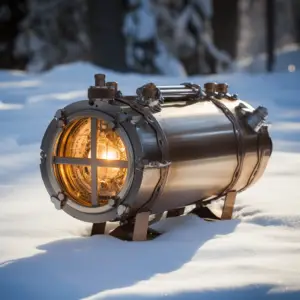
Kerosene torpedo heaters use an air pump to draw fuel from the tank and inject it into the ignition chamber. If there are leaks, a bad rotor, or improper pressure settings, your torpedo heater may fail to run.
It’s a good idea to follow the manufacturer’s recommendation on maintenance and repair of the air pump if it is not working properly. Propane heaters, meanwhile, inject the propane directly into the ignition chamber with an air pump.
Properly check the orifice on the injection system and make sure it isn’t worn beyond specification or clogged. You can get the necessary information about replacing a worn or clogged gas jet from the user’s manual.
Check the Igniter System
Older propane or kerosene torpedo heaters typically have a pilot to ignite the fuel. A pilot heater of a torpedo heater should be visible near the orifice of the fuel delivery system. Troubleshooting Torpedo Heaters is functioning, the flame should be solid blue with just a tip of yellow.
However, if the pilot light does not stay lit, then the thermocouple may be bad. The remedy to this problem is to replace the thermocouple with the proper part and retry the torpedo heater.
Newer models of torpedo heaters depend on an electronic igniter or a hot surface igniter. The igniter system generates small electric sparks as an ignition source. The hot surface system heats an electrical surface that ignites the fuel. If you don’t see the glow or spark of the hot surface igniter, then the ignition system may be faulty.
